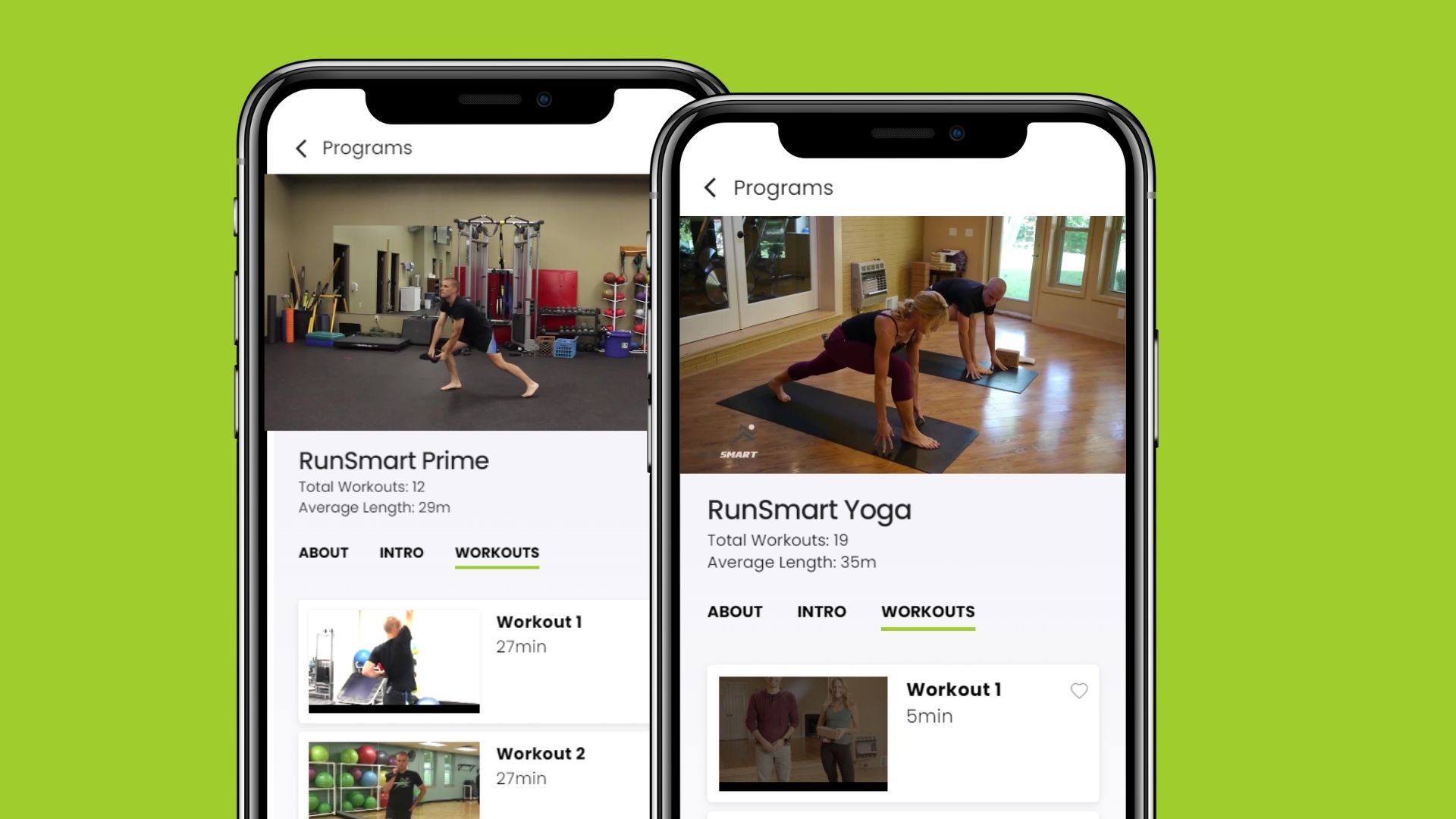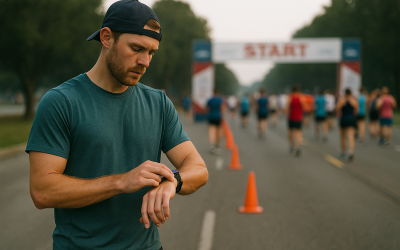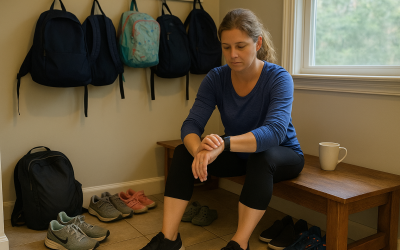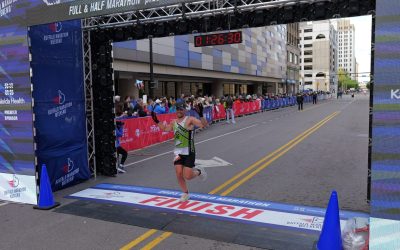Looking to improve your stride and run form? If so, this drill is a “must-add” to your routine.
Use the shuffle step drill to reduce braking forces that slow you down — and also to improve shock absorption for fewer injuries.
Watch this video to learn how:
Ready for More?
Download this Free Run Form Guide from Physical Therapist & 6X Boston Qualifier, Steve Gonser!
Learn drills & exercises to improve your stride for faster, injury-free running!
Why this Drill Matters
Most runners are heel strikers, which means they land heel first with a straight knee.
This is problematic because the body loses its ability to shock absorb when the knee comes down completely straight. It would be as if you jumped and landed on straight knees.
Running this way will put extreme pressure on your joints, resulting in injuries.
It will also slow you down because the force from the ground coming through your heel will push you backward with every step.
If you’re not convinced, try putting your front heel down and picking up your back leg. You will fall backward every time.
Running Midfoot
What you want to do instead is transition to a midfoot strike. This will give you a softer landing to avoid injuries and generate more speed.
As your leg comes through, stop it when your shin is perpendicular to the ground. Teach your leg to come down with the foot facing straight ahead on a bent knee.
Running like this will give you the shock absorption needed to prevent injuries.
It will also increase your speed by helping you move forward with each step. When you land midfoot, you can easily pick up your back leg and balance rather than falling backwards.
Shuffle Step Drill Instructions
Start by walking normally. Notice how your heel hits the ground first with every step. This is a typical walking pattern, but it’s not how you should run.
What you want to do is transition into a flat-footed walk to practice landing midfoot.
Walk normally for about 10 seconds, then walk flat-footed for about 30 seconds. Continue to toggle back and forth between walking normally and walking flatfooted.
It should feel comfortable. You might feel like you’re stomping, but that’s okay.
This drill will gradually get you accustomed to walking midfoot. When you feel ready, take it up to a run.
Maintain the same midfoot strike with bent knee as you land. Runners will often feel like they’re on their toes, but that’s normal. Just make sure you’re relaxed.
After 30 seconds of midfoot running, you can switch back into your old run form.
It will take time for your body to get used to the change and for your bad habits to be rewired. Even if you run midfoot for only 0.1 miles of every mile, you will start seeing some significant changes.
Key Takeaway
You need to have good run form if you want to be faster and avoid injuries.
Good run form means learning to run midfoot.
For more help transitioning to midfoot strike, download our Free Run Form Guide below.
Improve your form so you can run faster and injury-free all year long!
Ready to Improve Your Run Form?
Download Physical Therapist Steve Gonser’s FREE Run Form Guide!
You will learn:
- How to find your midfoot – and it’s not from running on your toes or avoiding your heel
- What you should feel and expect when changing your run form
- #1 stretch to ease tension in your lower legs to transition your stride safely
- The best glute exercise to support your new run form
- Top 3 benefits to learning a proper midfoot strike




